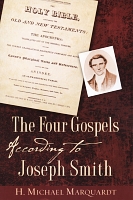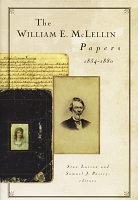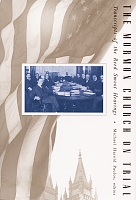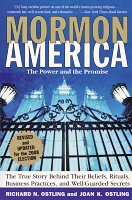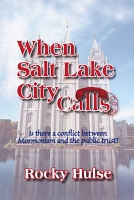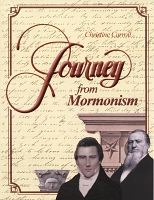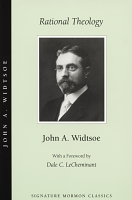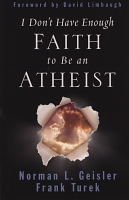Saintly Scissors
The Cutting Away of Unwanted Revelation
ust as God spoke to Moses on the mountain, the LDS Church claims that God personally appeared to Joseph Smith and directed him to establish "the only true and living church upon the face of the whole earth" (Doctrine and Covenants 1:30). LDS revelations are usually written with Biblical sounding words like "thus saith the Lord." However, Brigham Young's 1847 revelation is the last section added to the D&C with that wording.
There have been three additions to the Doctrine and Covenants dated after 1847 but they do not include the words "thus saith the Lord." One was a vision/dream of President Joseph Fielding Smith, dated 1918 [link]. The other two are declarations ending past practices of the LDS Church (originally claimed to be established by revelation). In 1890 President Woodruff issued the Manifesto to end polygamy [link] and in 1978 President Kimball issued a statement that God had revealed that blacks could now hold the priesthood [link]. While each president of the LDS Church is still ordained as a "prophet, seer and revelator," revelations are no longer issued. Although early Mormon apostles denounced the Christian world for holding to a closed canon of scripture, the LDS Church's canon is for all intents and purposes closed as well.
Not only are there no new revelations, since 1890 it seems that the LDS Church has retreated from a number of teachings once held as revealed doctrine. The following five examples illustrate this redefining of LDS doctrine.
On November 9, 2007, Carrie Moore, writing for the LDS-owned Deseret News, announced that the year before the LDS Church had quietly made a change in the Introduction to the Doubleday edition of the Book of Mormon.
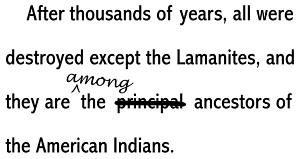
Change in Introduction to the Book of Mormon
The change is to be incorporated in future church printings of the Book of Mormon. The sentence under discussion reads as follows:
After thousands of years, all were destroyed except the Lamanites, and they are the principal ancestors of the American Indians.
The Doubleday edition and future LDS editions will read:
After thousands of years, all were destroyed except the Lamanites, and they are among the ancestors of the American Indians.
While only one word was changed its implications are astounding. This simple word change signals a retreat from past claims that all American Indians are descended from the Book of Mormon people. The Deseret News article stated:
A one-word change in the introduction to a 2006 edition of the Book of Mormon has reignited discussion among some Latter-day Saints about the book's historicity, geography and the descendants of those chronicled within its pages (Deseret Morning News, November 9, 2007).
